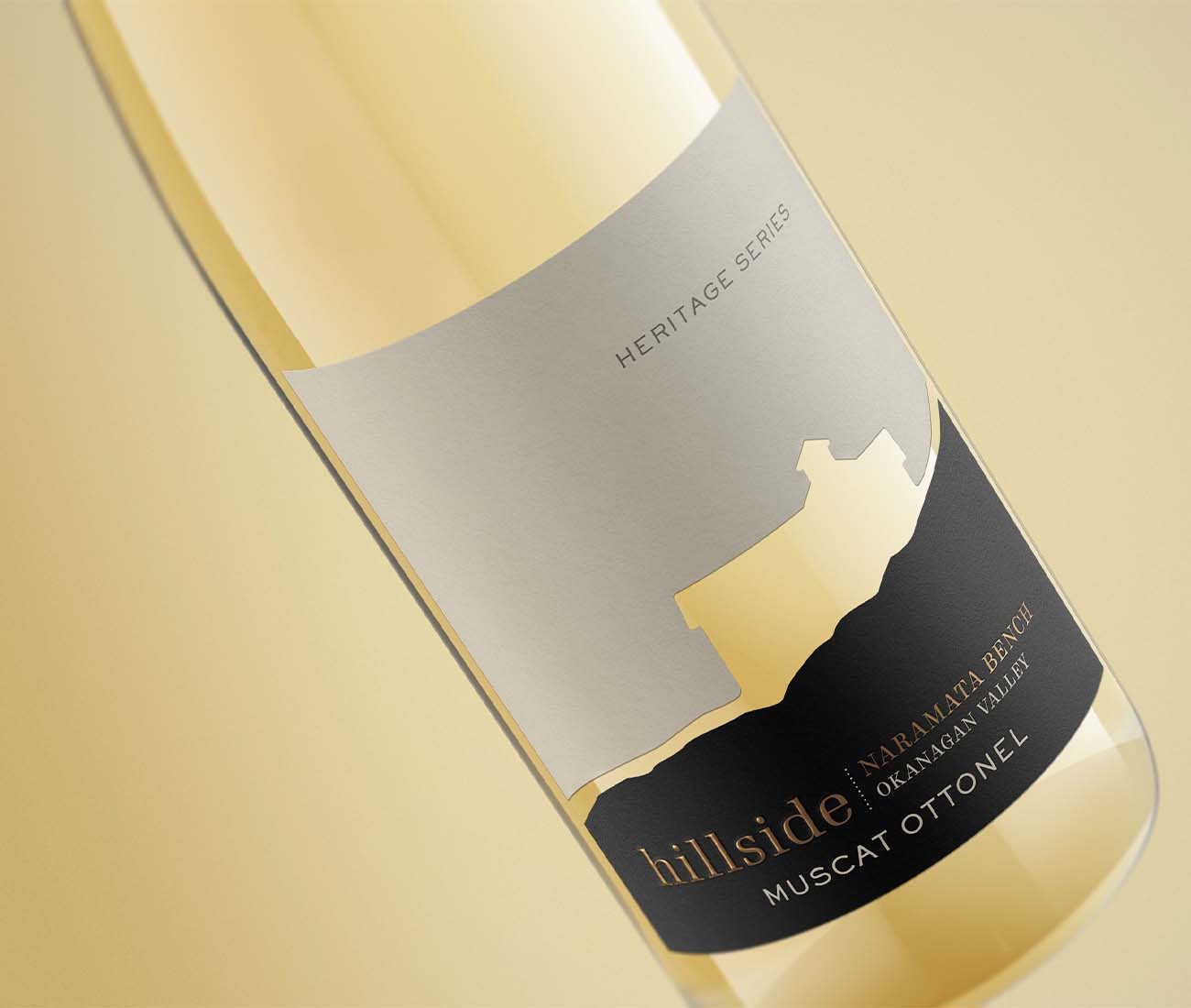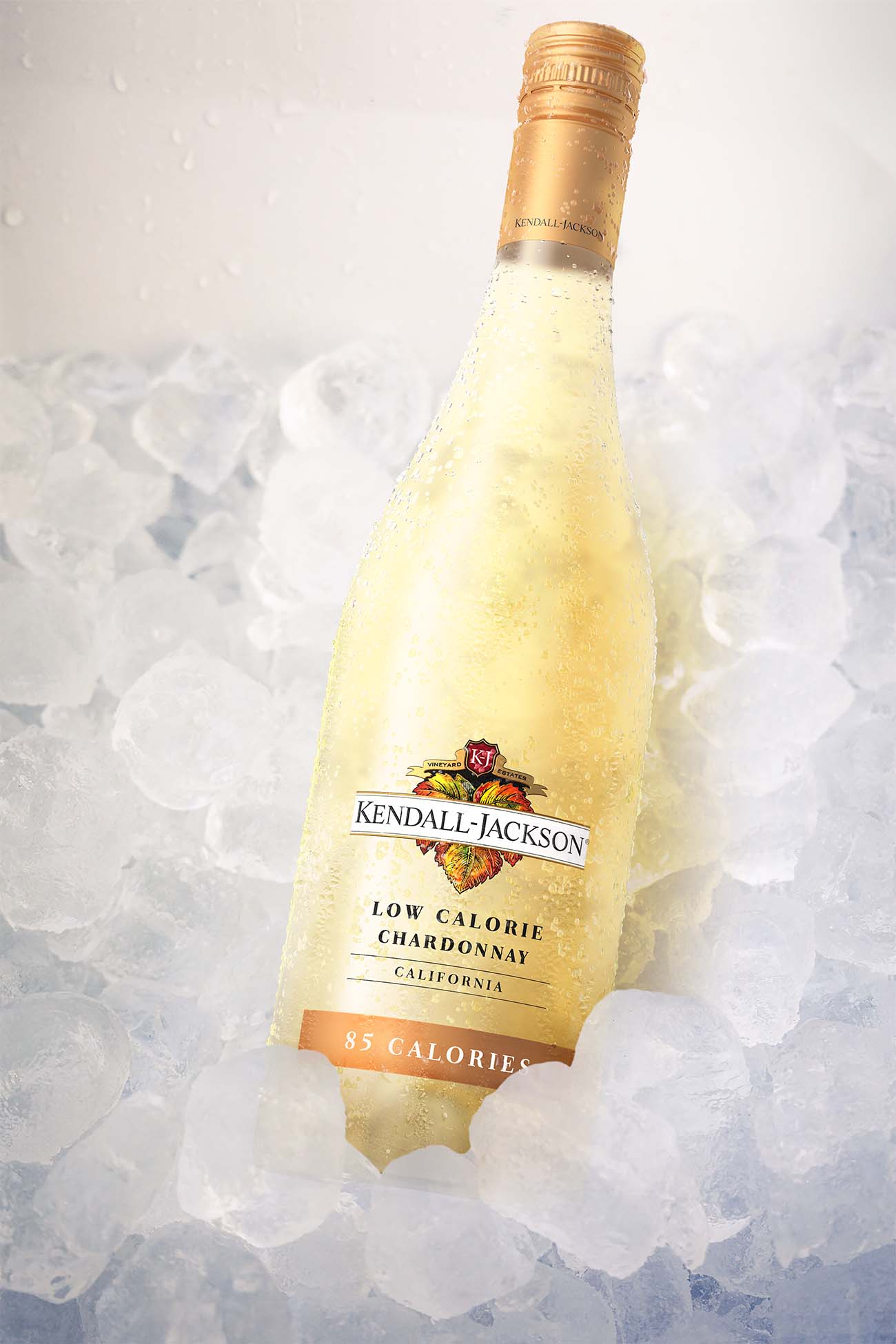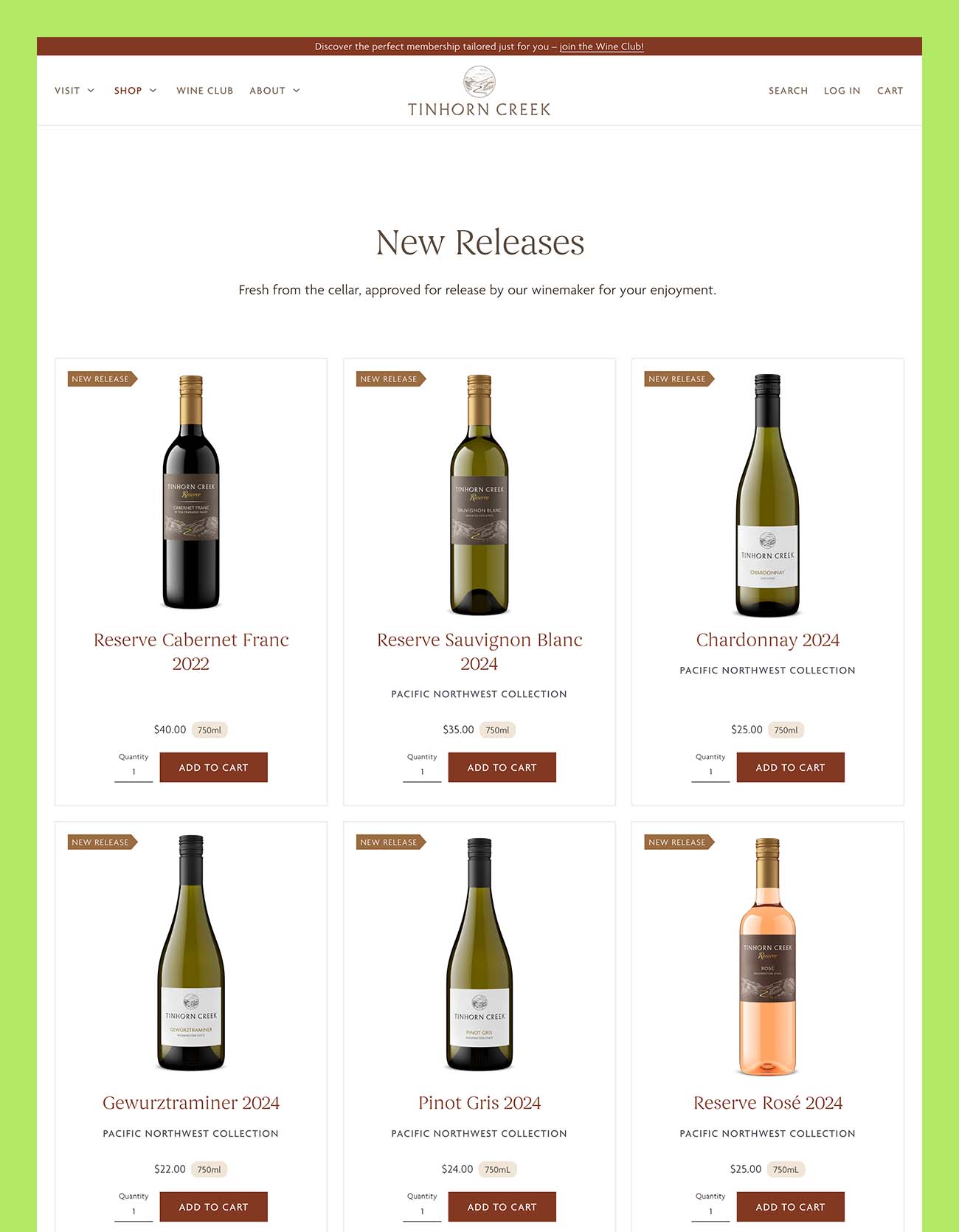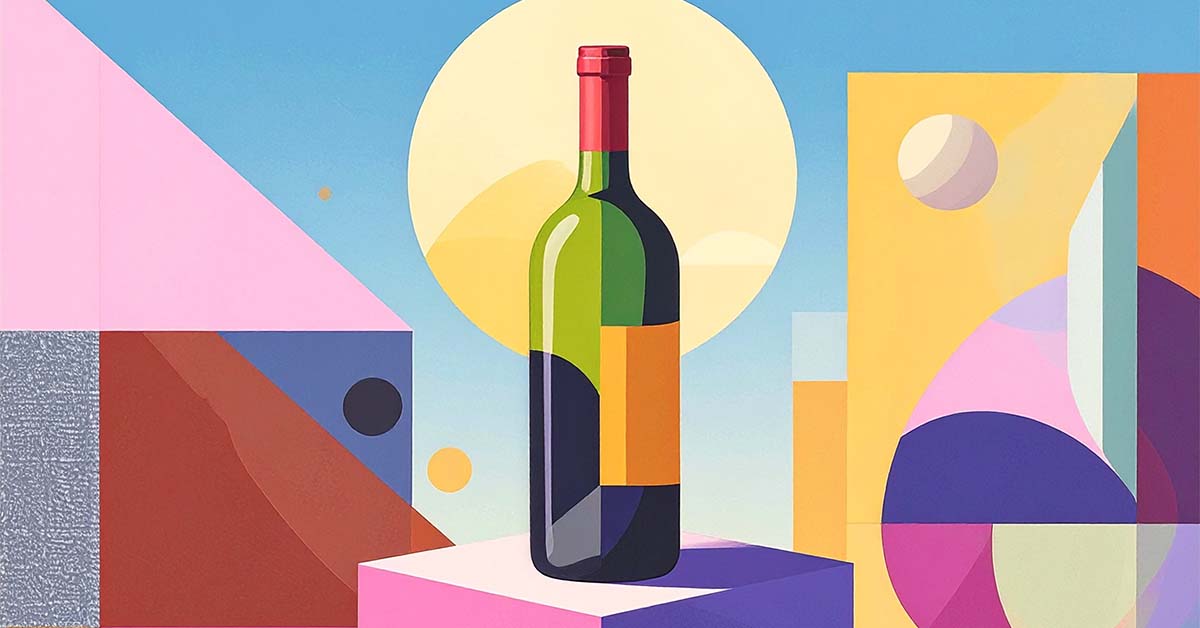Wine industry 2026: your blueprint for thriving in the new era
Navigate shifting tastes, rising digital expectations, and the next wave of opportunity.

The wine industry stands at a crossroads. After years of challenging market conditions, 2026 is expected to be a pivotal year that could reshape how many wineries operate, compete, and connect with consumers. If you're running a winery or wine brand, the predictions for 2026 aren't just industry forecasts; they're your roadmap to success.
A turning point for the wine industry
Industry experts are calling 2026 a potential "turning point" for wine, marking the transition from decline to a new growth cycle. But this recovery won't look like anything we've seen before. The old playbook of volume-driven sales is over.
The new rules center on premiumization, authentic storytelling, and direct-to-consumer excellence. These shifts present both challenges and unprecedented opportunities.

Positioning yourself for success in 2026
Your ability to tell authentic stories, create premium experiences, and build direct relationships with customers positions you perfectly for this new landscape. The question isn't whether these trends will impact your business; it's how quickly you can adapt to capitalize on them.
Is 2026 the great wine reset?
The wine industry's recovery in 2026 will be fundamentally different from past rebounds. Volume growth is out; value-driven growth is in. This shift plays directly to the strengths of small wineries that focus on quality, storytelling, and personal connections rather than mass production.

The new drinker landscape: Millennials, Gen Z, and premiumization
Millennials and Gen Z are driving this transformation, demanding premium wines with authentic stories and sustainable practices. Meanwhile, Baby Boomer consumption continues to decline, creating space for new approaches to wine marketing and sales. Your winery's ability to craft compelling narratives around your vineyard's history, terroir, and winemaking philosophy becomes a competitive advantage.
The data supports this trend toward premiumization. Consumers are increasingly willing to pay more for wines that offer quality, sustainability, and unique experiences. This "less but better" mentality means your carefully crafted bottles can command higher prices when positioned correctly.
Five game-changing trends wineries must embrace
Premium sparkling wine surge
Sparkling wine sales are experiencing robust growth, particularly in the UK and US markets. Small wineries have a unique opportunity to create limited-edition sparkling wines that showcase their terroir and winemaking expertise. Consider developing a signature sparkling wine that tells your vineyard's story. This could become your most profitable product line.

Heritage grapes and authenticity
The revival of indigenous varietals and heritage grapes aligns perfectly with consumers' desire for authentic, story-rich wines. If your vineyard grows lesser-known varietals or has historical significance, 2026 is the year to highlight these unique aspects. Your authenticity becomes your differentiator in a crowded market.

Low and no-alcohol innovation
The "NoLo" movement continues gaining momentum, especially among wellness-focused younger consumers. Wineries can experiment with low-alcohol versions of their signature wines or develop alcohol-removed options that maintain the complexity and character of original blends.

Sustainability as standard
Eco-friendly practices aren't optional anymore: they're baseline consumer expectations. Lighter packaging, sustainable viticulture, and transparent production methods are becoming purchasing requirements. Your commitment to sustainability should be visible in every aspect of your operation, from vineyard management to bottle design.

Experience-driven wine tourism
Investment in consumer-facing experiences will accelerate in 2026. Your tasting room, vineyard tours, and special events become crucial revenue streams and brand-building opportunities.
Go a step further: consider leveraging your unique location by becoming an RV spot through popular online marketplaces. This offers travelers an immersive, overnight experience right amidst your vines, deeply connecting them to your brand.
Focus on creating truly memorable experiences that resonate emotionally with your wines and story.
The direct-to-consumer revolution accelerates
2026 will also see continued growth in direct-to-consumer wine sales, driven by consumers' desire for personal connections with producers. Wineries that invest in their DTC capabilities now will capture more market share.
Transform your website into a sales powerhouse
Your website becomes more than a digital brochure; it's your primary sales channel. High-quality product photography showcasing your wines in lifestyle settings will be essential. Professional imagery that captures the essence of your brand can increase online sales dramatically, with some wineries reporting big sales increases after upgrading their visual content.
Leverage sophisticated E-Commerce platforms
E-commerce platforms tailored for wine sales are becoming more sophisticated and affordable. The technology exists to create seamless online experiences that rival large retailers, giving small wineries the tools to compete directly for consumer attention and loyalty.

Elevate wine club memberships
Wine club memberships will evolve beyond simple recurring shipments to become comprehensive brand experiences. Consider offering exclusive vineyard access, winemaker dinners, and first access to limited releases. These premium experiences justify higher price points while building lasting customer relationships.

Technology and innovation opportunities
The 2026 landscape will reward wineries that embrace technology strategically. Digital marketing tools are becoming more accessible and effective, allowing small wineries to reach targeted audiences without massive advertising budgets.
Use social media for storytelling
Social media remains crucial for storytelling and brand building. Platforms like Instagram and TikTok favor authentic, behind-the-scenes content that small wineries can create more genuinely than large corporations. Your advantage lies in personal stories, vineyard moments, and the human connection that only small producers can offer.
Customer relationship management (CRM) systems designed for wineries help track customer preferences, purchase history, and engagement patterns. This data enables personalized marketing that converts browsers into loyal customers.
Positioning your winery for success
Focus on building your brand story around authenticity, quality, and connection. Consumers want to know the people behind their wines, the history of your vineyard, and the passion that drives your winemaking. This personal narrative becomes increasingly valuable as the market premiumizes.
Invest in visual storytelling that showcases your wines professionally. Quality product photography that highlights your wines' unique characteristics can differentiate your brand and justify premium pricing. Professional imagery also translates across all marketing channels, from your website to social media to print materials.

Your 2026 action plan starts now
The wine industry's transformation creates unprecedented opportunities for small wineries willing to embrace change. Your size becomes an advantage when the market values authenticity, quality, and personal connection over mass production and distribution scale.
Success in 2026 requires strategic positioning, professional presentation, and direct-to-consumer excellence. Every element of your brand, from your wine quality to your visual presentation, must align with the premiumization trend driving industry growth.
The foundations you build today will determine your success in tomorrow's transformed wine market. Your authentic story, commitment to quality, and ability to create meaningful customer experiences position you perfectly for the opportunities ahead.
Frequently asked questions
What does premiumization mean for small winery pricing strategies?
Premiumization allows small wineries to focus on value rather than volume. Instead of competing on price with mass-market wines, you can command higher prices by emphasizing quality, uniqueness, and authentic storytelling. Research your market positioning carefully and price your wines to reflect their true value proposition.
How can small wineries compete with larger producers in 2026?
Your advantages include authenticity, flexibility, and direct customer relationships. Large producers can't match your ability to tell personal stories, adapt quickly to trends, or create intimate customer experiences. Focus on these strengths rather than trying to compete on scale or price.
Should small wineries invest in no-alcohol wine production?
Consider your target market and production capabilities. If you serve health-conscious consumers or younger demographics, no-alcohol options could expand your market reach. Start with dealcoholizing existing wines before investing in new production methods.
What role will sustainability play in wine purchasing decisions?
Sustainability will become a baseline requirement rather than a differentiator. Consumers expect transparent, environmentally responsible practices. Document your sustainable practices and communicate them clearly to meet evolving consumer expectations.









































